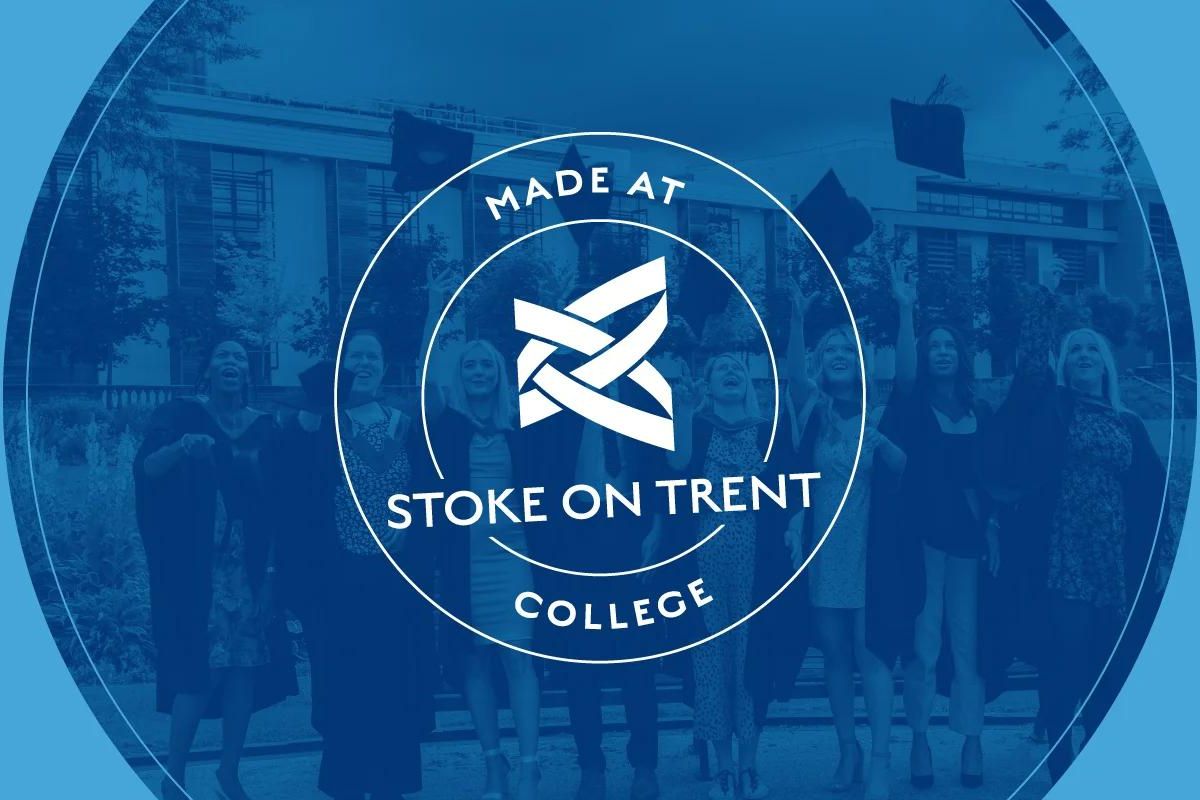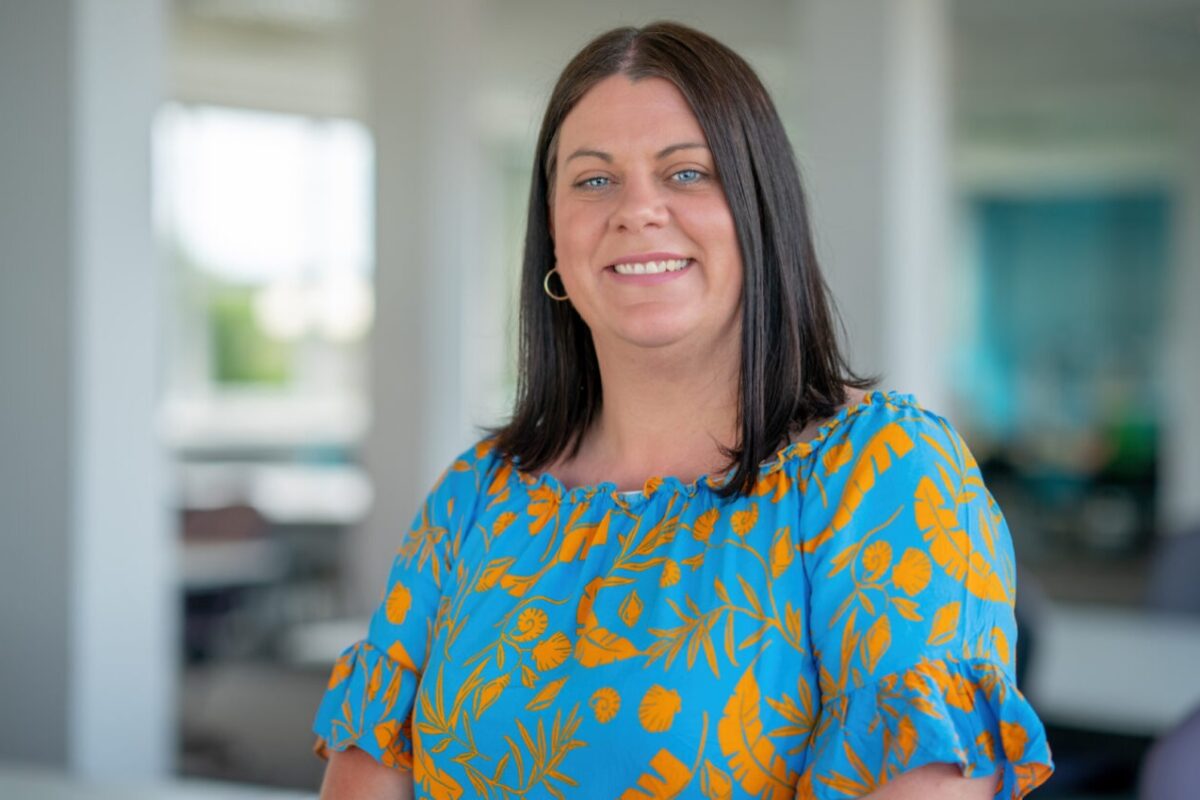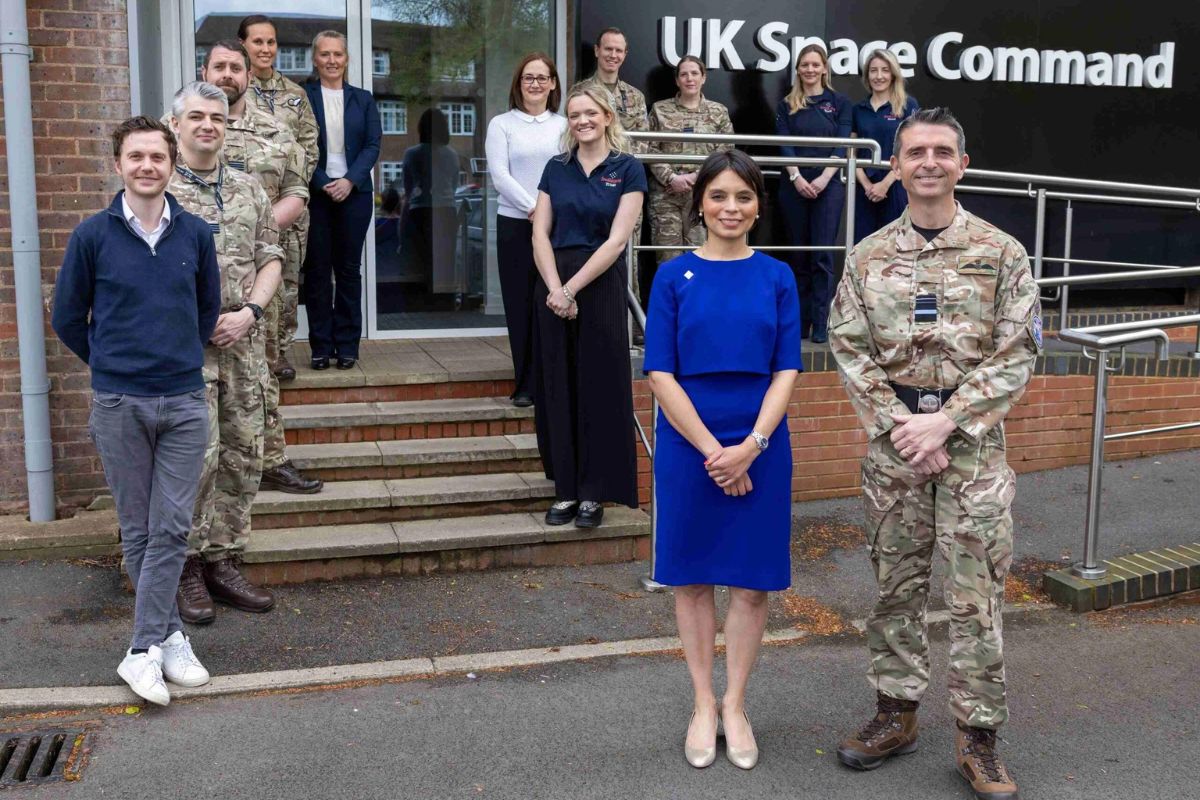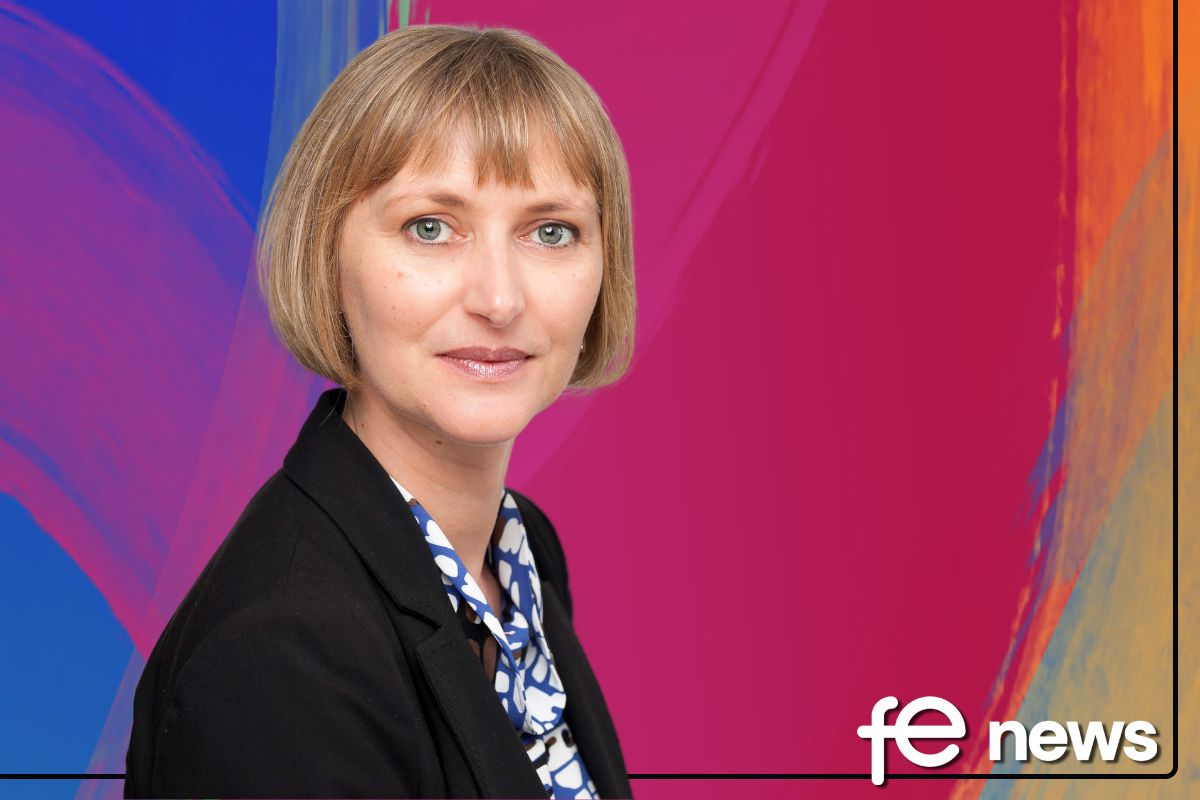Trailblazer insights into the revised Level 3 Early Years Educator

In the latest of our series, Trailblazer Lead Sandy Silvester shares her insider perspective on the revised Early Years Educator standard.
As Early Years Education continues to evolve, the importance of comprehensive training for the workforce remains constant. After 31 years in the industry, I can attest to that. Equally, I’ve also witnessed how eager those tasked with nurturing young minds are to hone their skills and do the best job that they can. After all this time, I can confidently say that our sector is home to the most passionate and caring professionals on the planet, and to have spent my career shaping their skills is a privilege.
As the Trailblazer Lead for the Early Years Educator (EYE), I’ve had the opportunity to help develop the nation’s most popular apprenticeship standard, the Level 3 Early Years Educator. The importance of this standard cannot be overstated – Level 3 qualified staff make up an average of 59% of the workforce across private, voluntary, or independent Early Years settings. Ensuring the standard’s effectiveness means facilitating a steady stream of skilled practitioners into the industry.
The revised version of this standard, now available, reflects our concerted efforts to align it with industry requirements. Alongside fellow trailblazers, we prioritised the integration of the Knowledge, Skills, and Behaviours (KSBs) that are essential for developing outstanding Early Years Educators. This emphasis ensures practitioners are equipped not only with solid theoretical knowledge but also with the practical skills crucial for nurturing young children’s learning, growth, and well-being.
To achieve this, we carefully considered the best assessment method to demonstrate these crucial skills. Ultimately, we opted to incorporate an observation of practice into the End-point Assessment, recognising that observing an educator in action is unparalleled. It’s the most effective way to witness them in their element, inspiring and moulding young minds.
Furthermore, in our efforts to prioritise KSBs, we decided to remove the mandatory qualification requirement. This measure served two purposes. First, it ensures that the focus remains on the essential skills and behaviours needed to excel in the role. Second, it future-proofs the standard, ensuring that qualification changes will not impede the completion of the apprenticeship. By taking this step, we were able to implement improvements without waiting for changes to the diploma, which are scheduled for September 2024.
Throughout the process, it was vital to maintain a keen awareness of the wider industry, paying close attention to feedback compiled by the Department for Education (DFE). Implementing this knowledge meant that the revised standard remained relevant and responsive to the needs of both Early Years professionals and young children alike.
In parallel with the revision, funding has also been increased from £6k to £7k. Understanding the requirements for the successful delivery of this standard, we advocated for increased financial support to do so. I’m delighted that additional investment was secured, highlighting to us the legislative commitment to providing more Early Years apprentices with access to training and opportunities for personal and professional growth.
I’m immensely proud of the strides we’ve made with the revised Early Years Educator standard. While the Early Years industry is renowned for guiding the littlest learners through their earliest steps, I’m excited to see the giant leaps we’re capable of making for our apprentices, too.











Responses